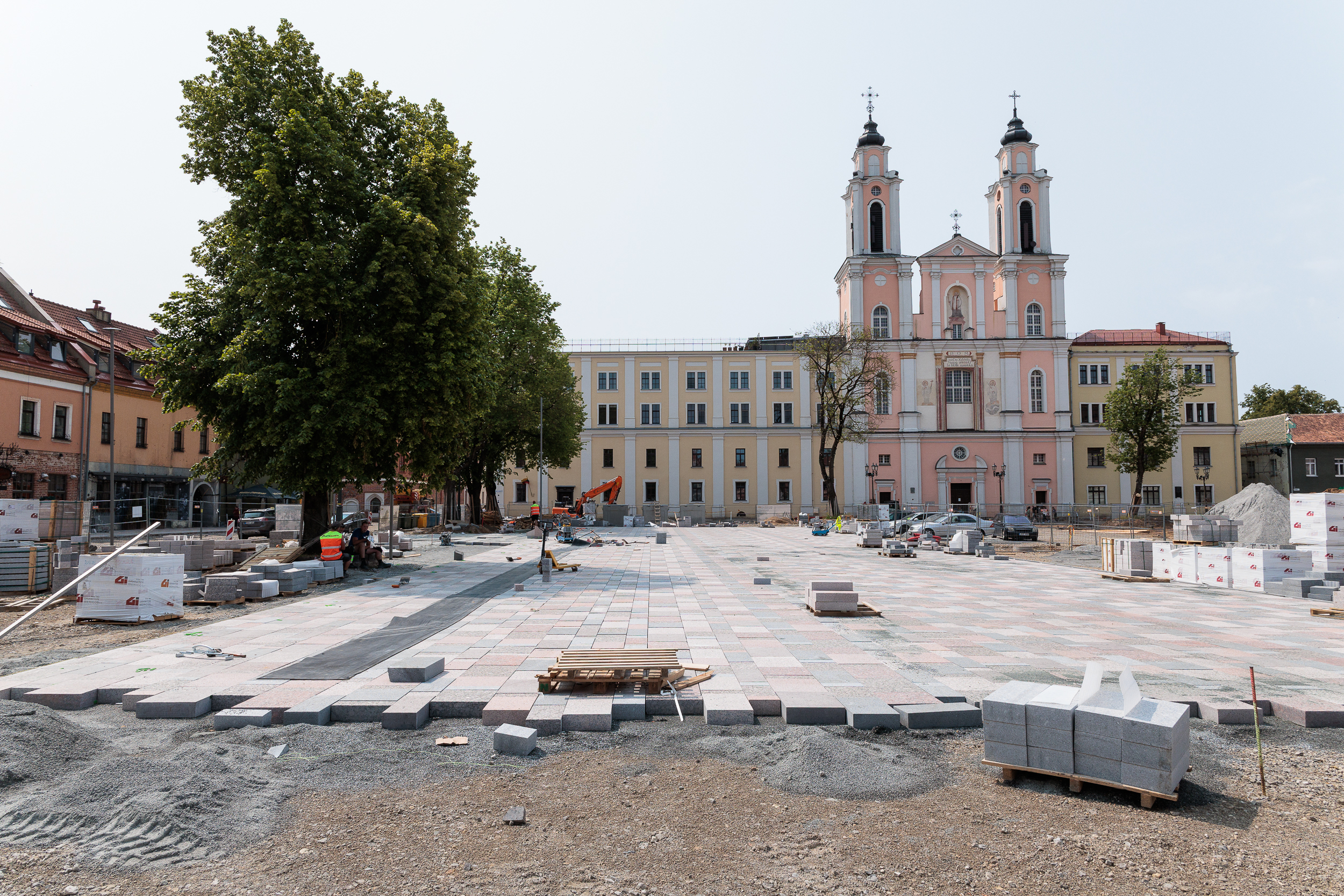Josephine Baker: How a dancer fought against the injustice

Variety shows and wicked night clubs: Anyone who hears the name Josephine Baker (1906-1975) quickly thinks of the hyper-moving dancer, who staged herself as « wild in the banana skirt » in the 1920s. But the American singer, dancer and reviewer was more than a glamor girl.
She was the first African-American world star, a fighter for freedom, human rights and equality. She fought racism and persecution for sexual orientation. On April 12, 1975, 50 years ago, she died in Paris. Baker was born in 1906 as Freda Josephine McDonald in St. Louis in a poor black district as an illegitimate child of a black washing woman and a Jewish drummer; The father soon went out of dust after birth.
Your expression, captured in historical photos, offered a completely new idea of femininity for many. Photo: Getty Images
At the age of eight, she had to work as a maid, experienced one of the worst pogroms against Blacks in US history at the age of eleven and was forced at the age of 13. The poverty escaped her thanks to her show talent. After appearances in small clubs on New York Broadway, she went to Paris as a member of the La Revue Negre company, where she delighted her audience and the art and literary scene with her wild-exotic stage appearances.
Only with the liberation of Buchenwald did the world look into the interior of the evil heart
In 1926, Baker’s guest performance in Berlin was a Triumphal success: the capital fell into collective snapshot when it made a guest appearance on Kurfürstendamm. Completely new body experiences for the Germans that have been stiff. In the Berlin press, Baker was stylized as a flexible and exotic animal that seemed to serve colonial longings for sensuality and sex, for jungle and exoticism. « This is how the dancers must have danced Solomos and Tut-Ench-Amuns, » said Harry Graf Kessler.
Baker in uniform: In 1945 this photo was taken at the London Savoy Hotel. Photo: Getty Images
Baker himself even considered moving to Berlin. « Berlin, that’s great! A triumphal procession. You are wearing me on hands, » she wrote in her diary. When Baker came to the German capital for the second time in 1929, the wind had turned. Again and again there were racist hostility and trial attempts. Nazi leaves defamed the showDiva as « semi-monkey », disturbing teams of the SA bustled ideas.
Strong on stage and committed in society
At the guest performance in Vienna in 1928 mobilized cultural conservative circles. The bells of the Paulankirche ringed to warn of the « black devil ». In Budapest, stink bombs flew into the audience; In Zagreb, her opponents threw bright bodies. After the German invasion of France in 1940, Baker was too dangerous for Baker in Paris. Until the end of the war she lived in French Africa, appeared as a entertainer for US armed forces and covered thousands of kilometers as a troop entertainer in a military jeep.
August 28, 1963: Josephine Baker speaks at the Lincoln Memorial at March on Washington for Jobs and Freedom. Photo: Getty Images
There for the first time she enforced that all soldiers sat together in the audience regardless of her skin color. At the same time, Baker was involved in Resistance, French resistance. For this she was awarded Charles de Gaulle after 1945. From 1948, her appearances in the USA also became protest racism and injustice: she was the first artist to be the first artist on the abolition of racial segregation at her concerts.
Josephine Baker moved after Monaco – she received support from Princess Grace. Photo: Gamma-Rapho via Getty Images
The invitation of Martin Luther Kings, to speak to Washington in 1963 at the march, described her herself as the highlight of her struggle against racism. The Baker, who lives in France, began to organize large charity events early on. She donated fees and adopted twelve children from twelve nations to show the world that peaceful coexistence is possible regardless of origin, skin color and cultural background.
The last appearance: Josephine Baker appeared shortly before her death in the Bobino Theater in Paris. Photo: James Andanson / Sygma via Getty Images
In 1969 she was insolent and lost her place of residence, Les Milandes Castle on the southern French Dordogne. Supported by Princess Gracia Patricia, she now lived in Monaco. In 1975 she went on tour one last time: Baker celebrated her stage anniversary in Paris – and succumbed to a stroke a few days later. She was honored with a funeral procession in Paris, which 20,000 people followed. On November 30, 2021, she was added to the Pantheon as the sixth woman and the first black man, the final resting place of great French.






/s3/static.nrc.nl/images/gn4/stripped/data133212332-41b949.jpg)